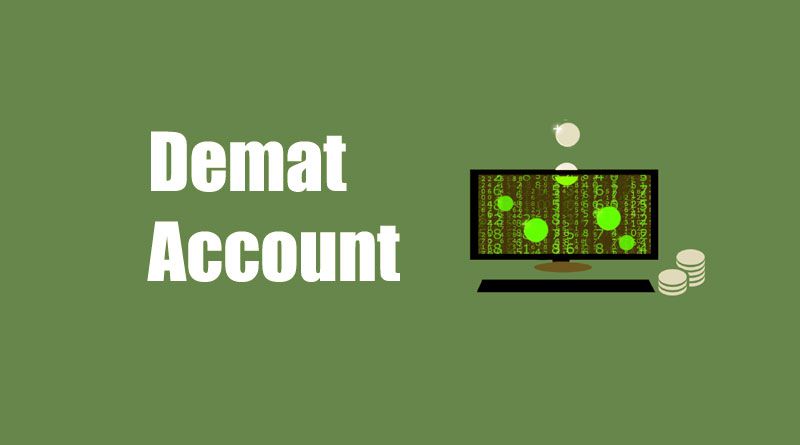Interpretation services play a crucial role in bridging linguistic gaps and facilitating effective communication in a globalized world. There are various types of interpretation services, each tailored to specific needs and contexts. Here, we explore the five main types of interpretation services that cater to diverse communication requirements. Simultaneous interpretation is commonly used in conferences, seminars, and large events. Skilled interpreters work in soundproof booths, translating spoken content in real-time. Participants use headphones to listen to the interpretation without disrupting the flow of the speaker.
In consecutive interpretation, the speaker pauses to allow the interpreter to convey the message. This method is suitable for smaller meetings, negotiations, and one-on-one interactions. While it extends the duration of the conversation, it ensures accuracy in communication. Escort interpretation is employed in situations where a small group or individual requires language support, such as during business meetings, tours, or medical appointments. The interpreter accompanies the client, providing real-time translation as needed.
This form of interpretation involves the interpreter whispering the translation to the listener. It is commonly used in situations where only one or a few individuals require language assistance, such as during business meetings or tours. It is less formal than simultaneous interpretation but serves the purpose in specific settings. Liaison interpretation is utilized in situations where two parties with different languages need to communicate directly. The interpreter facilitates the conversation by translating the dialogue back and forth, ensuring clear communication between the parties.
In a globalized and multicultural environment, Best interpreter solutionare essential for effective communication across linguistic barriers. Choosing the right type of interpretation depends on the context, number of participants, and the level of formality required. By understanding the nuances of each type, individuals and organizations can enhance their ability to connect and collaborate across diverse linguistic landscapes.



